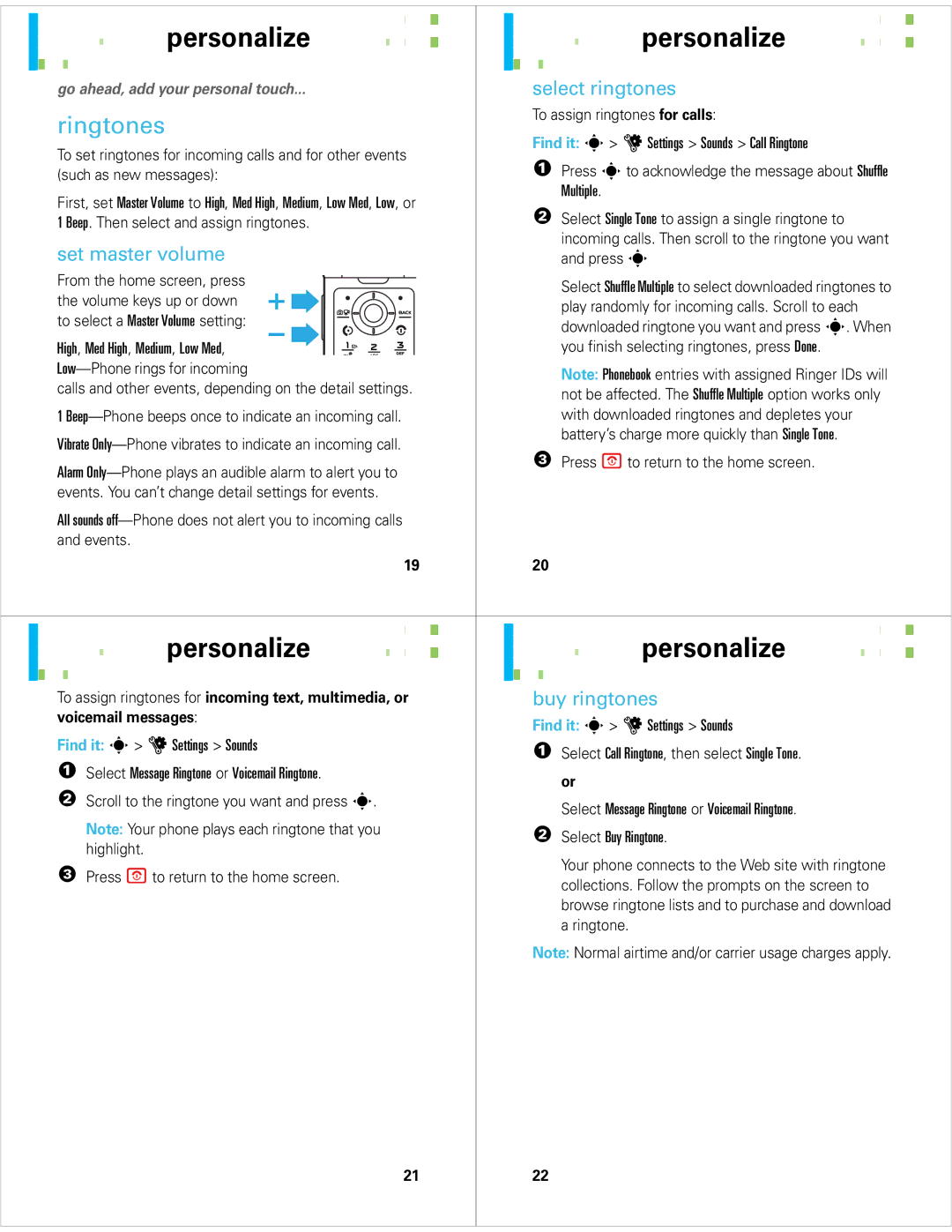68000201472-C specifications
The Motorola 68000201472-C is a microprocessor that epitomizes the advancements of the semiconductor industry during the late 20th century. Originally introduced in the 1980s, the 68000 family, to which this specific model belongs, was known for its versatile architecture and robust performance, making it a popular choice for a myriad of applications, including personal computers, embedded systems, and various consumer electronics.One of the main features of the 68000201472-C is its 16/32-bit architecture. This dual architecture allows the processor to efficiently handle both 16-bit and 32-bit data types, providing a flexible environment for developers and users. The processor operates at a clock speed that typically ranges from 8 MHz to 16 MHz, enabling it to execute instructions swiftly and efficiently, which was quite impressive for its time.
Another standout characteristic of the 68000201472-C is its memory addressing capability. It supports a flat memory model with a 24-bit address bus, allowing addressing of up to 16 megabytes of RAM. This was a significant improvement over many contemporaneous processors, which often struggled with memory limitations. The ability to address large memory spaces made the 68000 series ideal for running complex applications and multitasking environments.
In terms of technology, the 68000201472-C utilizes a CISC (Complex Instruction Set Computing) architecture. This design enables the processor to execute a rich set of instructions in fewer cycles than RISC (Reduced Instruction Set Computing) architectures would typically require. The CISC design allows for many addressing modes, enhancing programming flexibility and efficiency.
The Motorola 68000201472-C also incorporates features such as an integrated arithmetic logic unit (ALU) and a status register that provides crucial information regarding arithmetic operations, including flags for zero, carry, overflow, and negative results. This functionality is vital for development and debugging, allowing programmers to develop high-performance applications with ease.
In summary, the Motorola 68000201472-C stands out for its 16/32-bit architecture, robust memory addressing capability, and CISC design. Its features make it suitable for a broad range of applications, ensuring its place in the historical narrative of microprocessor development. As computing technology has evolved, the legacy of the 68000 series continues to influence modern architectures and design principles, highlighting its enduring impact on the industry.

